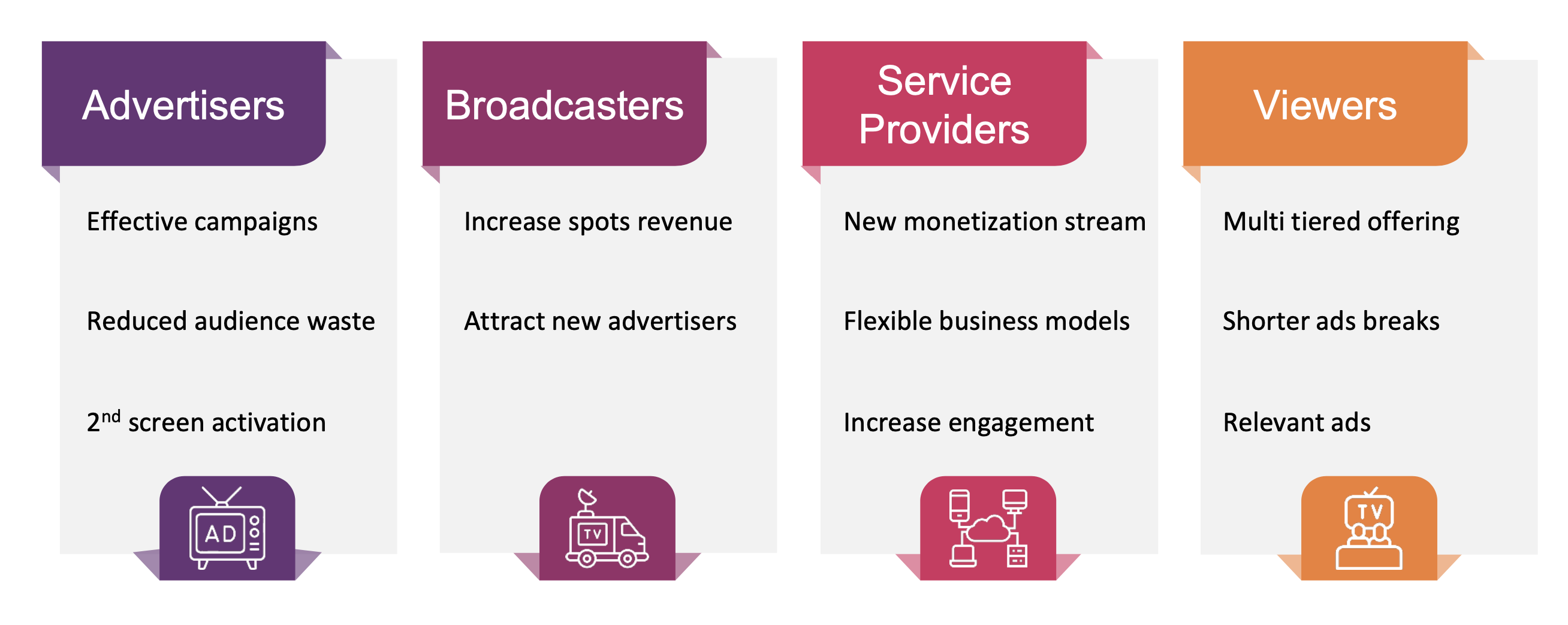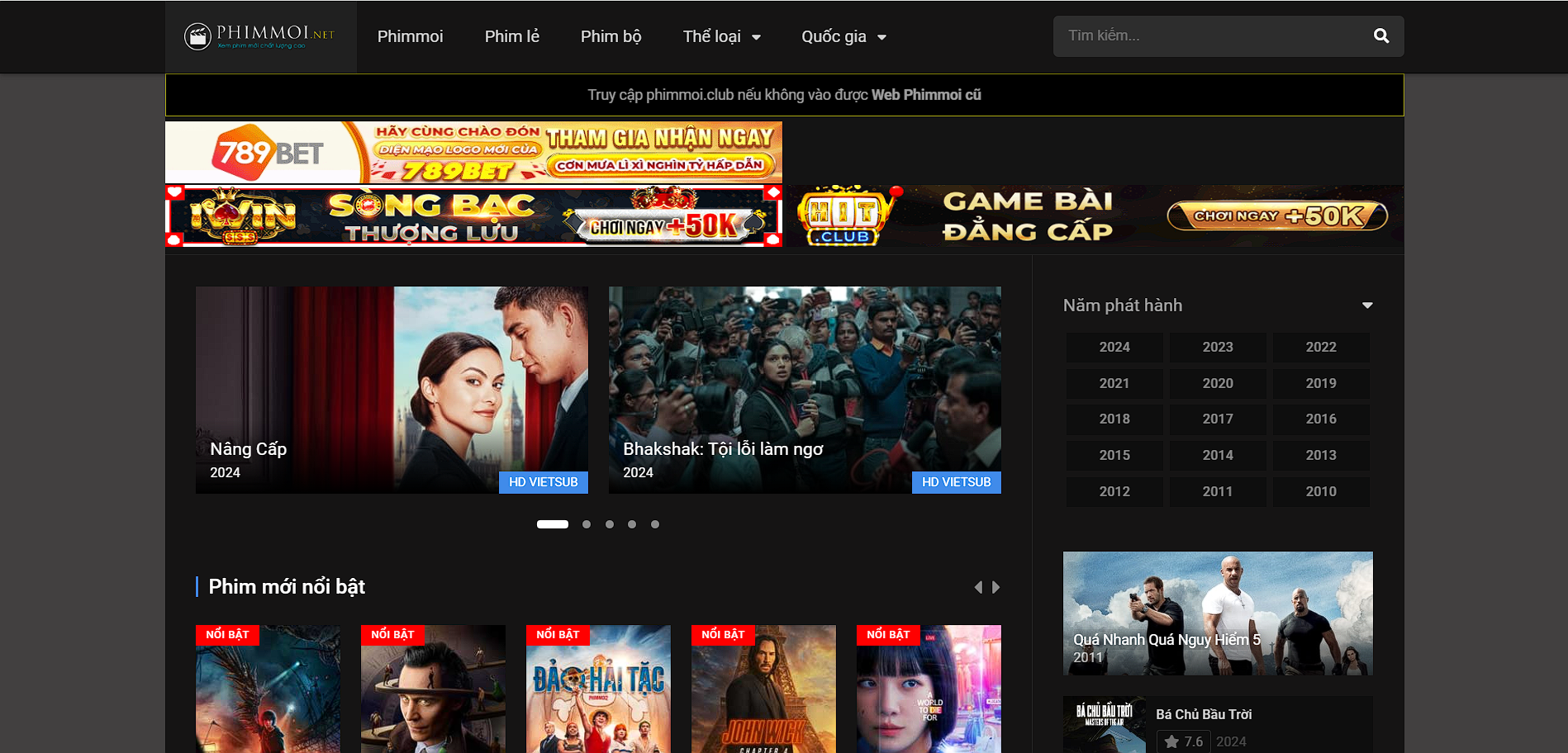
Top 5 Tips To Increase Viewer Engagement
TV service providers are continually seeking ways to boost viewer engagement, as heightened engagement has a demonstrably positive impact on their earnings.
A fundamental principle underlies this effort: Viewers who are deeply immersed in the content are more inclined to watch additional programming, order more video content and subscriptions, and stream more live events.
Moreover, this pursuit extends beyond the immediate moment; operators are focused on augmenting the Lifetime Customer Value (LCV) and devising strategies to retain subscribers for the long haul. In today’s fiercely competitive streaming landscape, especially amid the current cost-of-living challenges that have led to a reduction in the video offerings in countries like the United States, this is a genuine and pressing challenge.
There exist five established methods to elevate viewer engagement, which can yield enhanced profitability and increased revenues.
1. Provide an excellent viewer experience
What keeps people coming back for more? A pivotal factor is an exceptional user experience, which hinges on delivering top-notch video and audio quality across all devices. When was the last time you continued watching a video that was pixelated or kept buffering?
Chances are, you can’t recall such an instance. Viewers today possess zero tolerance for static, interruptions, buffering, or subpar audio.
This demand for quality extends to live content, which is increasingly vital to streaming business models, and viewers also strongly disapprove of any noticeable latency. With the growing adoption of 4K UHD by users, they have grown accustomed to high-quality content, thereby presenting a significant challenge to TV operators who must ensure a consistently first-rate experience on any device and at all resolutions.

At the very least, they anticipate a Quality of Experience equivalent to what they once enjoyed with traditional linear services. However, their expectations extend beyond that point. Streaming content viewers demand consistent performance across all devices and locations, synchronized with minimal latency. It’s essential to emphasize that they are indifferent to or uninterested in the technical intricacies involved in achieving this seamless experience.
2. Personalize the encounter
The more tailored recommendations viewers receive, the more likely they are to connect with the content. However, achieving this connection requires more than just timely, intelligent recommendations. OTT service providers need accurate data as the foundation for these suggestions and must analyze that data effectively to create a meaningful viewer experience, all while adhering to regulations like GDPR.
When successful, this process establishes a continuous feedback loop where viewing data informs smart, personalized recommendations, enhancing the viewer’s journey. When these messages are seen as credible and engaging, they can lead to higher satisfaction and engagement rates.
Personalization doesn’t stop at what content to offer; it also involves how it’s offered. Today’s viewers expect personalized experiences throughout their day, and this can include:
- Continued Experiences: The ability to resume watching content they had previously paused, or quickly start the next episode of a TV series they’re following.
- Wishlists: Allowing viewers to bookmark content they can’t watch immediately or revisit specific shows.
- Personal Recommendations: Providing tailored content suggestions based on both explicit and implicit preferences.
- Targeted TV Advertising: Offering ads that align with the viewer’s preferences, sensitivity to ads, and purchase potential.
Personalization fosters a one-to-one relationship between viewers and operators, promoting trust and engagement. To enable this personalized experience, user consent for collecting viewing data is essential, and it’s essential that this process complies with GDPR regulations.
When OTT TV services offer features like personalized profiles, wish lists, and seamless cross-device viewing, it leads to a more involved and engaged viewership. Depending on a user’s preferences, broadcasters can also customize the imagery associated with suggested content. For instance, a movie blending sports and drama elements might be recommended to sports enthusiasts with a sports-themed image, tailoring the viewing experience to individual interests.
3. Utilize social media sharing to improve engagement
In 2012, Mike Proulx, co-author of the influential book “Social TV,” pointed out that “Between 60-70% of people, when they’re watching TV, also have a second screen device, such as a laptop, an iPad, or a mobile device.” These statistics have only continued to rise over the years.
Leveraging this second screen is another effective way to boost engagement in streaming. For example, it can involve providing additional information about the actors, sharing blooper reels, and more. Early pioneers in this field, such as “American Idol” in the early 2000s, introduced large-scale competitions that allowed at-home audiences to directly influence the broadcast’s outcome through text messages.

While social media platforms have now largely replaced text messages (though text messages still have monetization potential and are used), the fundamental goal remains the same: giving viewers a way to interact in real-time and receive instant feedback, thereby enhancing engagement.
Social media also serves as an excellent platform to share behind-the-scenes insights, including deleted scenes, upcoming events, and commentary from the cast and crew, beyond what is available in the main content. It’s important to note that social media is not a one-way communication channel; it’s a valuable avenue for collecting audience reactions and feedback.
In some cases, cast members actively participate in the conversation by liking and retweeting fans’ posts, and broadcasters often encourage and facilitate this engagement (sometimes through a carefully coordinated and centralized process).
Additionally, fans have a history of organizing virtual watch parties and sharing humorous memes and GIFs while watching a show, a trend that gained significant momentum during the pandemic and is now increasingly being supported through official apps.
4. Provide original content that lures subscribers
When discussing original streaming content, Netflix often takes center stage. While its success cannot be attributed to a single factor, original content plays a significant role. Notably, in its recommendations, the count of “Netflix originals” typically outweighs non-original content, even though its library had a 50/50 split as of August 2022.
In a 2021 survey, 39% of US viewers cited Netflix as offering the best original content, with Amazon at 12% and Disney+ surprisingly at 7%.
Netflix’s investment in content remains notably higher than that of its competitors. This is understandable given the unique nature of its business. Rival platforms have other revenue streams (Amazon), a diversified portfolio of media properties (Disney), or are manufacturers branching into TV (Apple). Nevertheless, all these platforms continue to produce a wide range of content, relying on data in a manner akin to how traditional TV networks relied on Nielsen ratings. One can observe Netflix’s increasingly data-driven decisions, particularly regarding cancellations in recent years.
It’s important to underscore that data is just one aspect of the considerations when greenlighting a show, and companies can still be taken by surprise. For instance, the immense popularity of “Squid Game” was unexpected. Netflix’s South Korean hit was dubbed in 34 languages and subtitled in 37 upon release, indicating the company recognized its potential. However, few would have predicted it becoming Netflix’s most-watched show ever, surpassing even “Stranger Things 4.”
The primary objective behind this content creation is to attract new subscribers and encourage existing ones to consume more of Netflix’s offerings. Each viewer choice provides the company with valuable data on their viewing habits, enabling it to refine its future programming. Reportedly, Netflix has identified nearly 2,000 microclusters, categorizing users based on their preferences.
Furthermore, it’s worth noting that valuable archival content can also play a pivotal role. Netflix’s acquisition of global rights to all nine series of “Seinfeld,” at a cost of over $500 million starting in 2021, emphasizes the power of exclusivity in driving subscriptions.
5. Utilize powerful, accurate business analytics
Measuring the impact of recommendations is of paramount importance as it allows for a deep understanding of what’s working and what isn’t across consumption, conversions, and Average Revenue Per User (ARPU). This analysis goes beyond simply evaluating content; it extends to assessing its influence on subscription packages, promotional efforts, and advertising strategies. The key is to extract sharp, actionable insights that can be leveraged to fine-tune offerings, identify upselling opportunities, and optimize promotional activities.
One recommendation is rarely sufficient; multiple data points are needed. Solutions like Sigma’s data-driven TV Business Analytics exemplify how a single recommendation can trigger multiple engagement actions, driven by the cumulative impact of personalized suggestions.
These analytics are also adept at uncovering unconventional viewing patterns within the audience. By analyzing these patterns, it becomes possible to identify viewers at risk of churning, enabling proactive measures to re-engage them.
Contextual recommendations can further enhance the viewing experience by considering external factors such as national events or weather conditions. For instance, on the first day of summer holidays, suggesting a vacation film or an action flick can be more appealing. During stormy weather, a horror film might be an apt recommendation.
To truly personalize the viewing experience, OTT cloud and TV Service Providers should aim to foster strong relationships with their users. Obtaining feedback on usage and understanding the problems viewers want to solve is invaluable.
Analyzing user search queries, as well as their responses to customer support issues, can inform decision-making. Combining this additional information with data analytics yields a comprehensive view that genuinely personalizes the viewer experience, enhancing engagement and satisfaction.






















Recent Comments